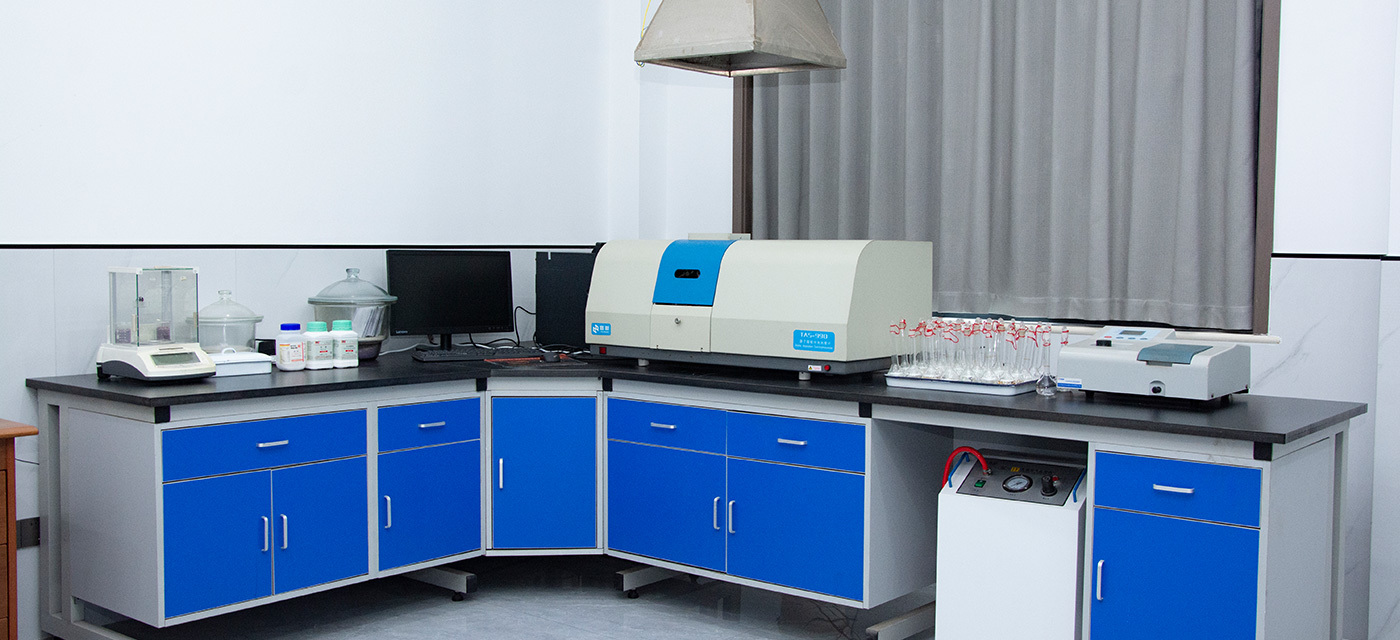Extend the furnace’s lifetime
As a AZS supplier, our mission is to efficiently produce high quality AZS brick to the highest safety and sustainability standards. Ours is to help you fulfilling your mission by providing the best services and continuous support during your furnace’s lifetime.Extend the furnace’s lifetime. As a AZS supplier, our mission is to efficiently produce high quality AZS brick to the highest safety and sustainability standards. Ours is to help you fulfilling your mission by providing the best services and continuous support during your furnace’s lifetime.
1. Choose high quality fused brick
Material selection: give priority to high-grade refractory materials, especially for different parts of the selection of different materials of refractory. For example, flow holes and electrode bricks often use high-quality materials such as non-shrinkage fused cast 41#AZS to improve their resistance to erosion.
Appearance inspection: When purchasing fused cast bricks, you should carefully check the color of the brick, surface pores and cracks. Avoid using bricks that have a high carbon content, are bluish in color, or have lumpy bluish surfaces, which may contain impurities or iron blocks inside that will accelerate the erosion of the kiln.
2. Optimize the kiln structure design
Reasonable layout: Design a suitable furnace structure to ensure that each part of the refractory material can withstand high temperature and glass wash. For example, by adjusting the insertion method of the electrode (such as using the top insertion electrode to reduce erosion) and layout, the erosion of the refractory can be reduced.
Gap control: strictly control the assembly gap between the bricks, and the gap will speed up the erosion of the glass solution on the bricks. The assembly gap should not be greater than 0.5mm to ensure the sealing and durability of the kiln. 3. Strictly control the melting process
3. Strictly control the melting process
Melting temperature: try to find the lowest temperature that can be normal production for production, in order to reduce high temperature erosion of refractory materials. At the same time, the temperature is indirectly controlled by controlling the resistivity, etc., to ensure the stability and reasonable melting temperature.
Melting capacity: according to the design melting capacity of the kiln production, to avoid overload operation. Increasing the melting amount will speed up the erosion rate of refractory materials and shorten the life of the kiln.
4. Strengthen maintenance and inspection
Regular inspection: Check and maintain the furnace regularly, especially pay attention to the redness of the furnace body and the material seepage in the brick joints. Once an exception is found, it should be handled in time to prevent the problem from expanding.
· Maintain the electrode water jacket: properly use and maintain the electrode water jacket to prevent boiler shutdown caused by water leakage. Check and maintain the water jacket and softened water regularly to ensure the integrity and normal operation of the water jacket.
5. Reasonable heat preservation and energy saving
Insulation measures: Take reasonable insulation measures to reduce the energy consumption of glass, but also to avoid excessive insulation to aggravate the erosion of refractory materials. Moderate heat preservation to adjust this contradiction.
To sum up, the service life of the kiln can be effectively extended by selecting high-quality fused bricks, optimizing the furnace structure design, strictly controlling the melting process, strengthening maintenance and inspection, and reasonable heat preservation and energy saving measures. These measures not only improve the durability and stability of the kiln, but also reduce the production cost and operational risks of the enterprise.






